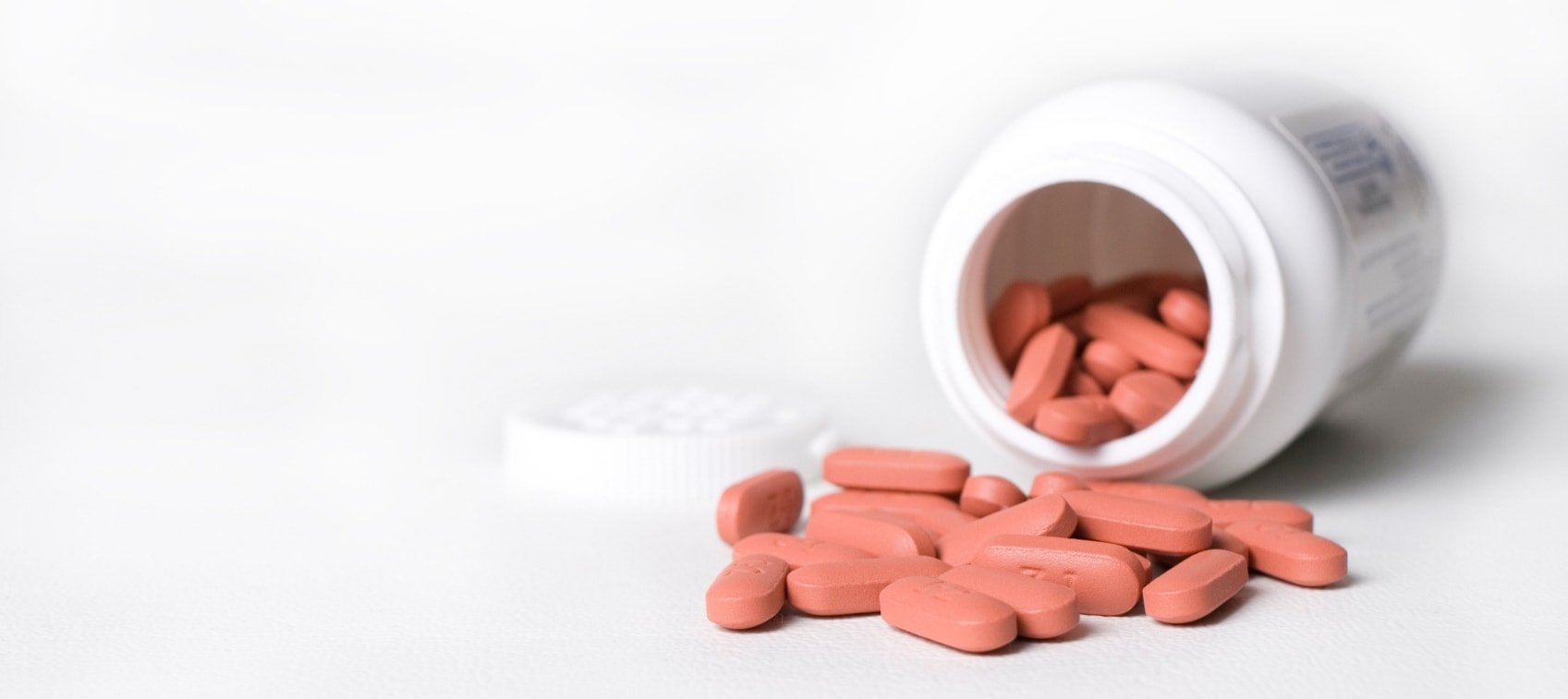
Non-steroidal anti-inflammatory drugs (NSAIDs) have been around for a long time and have provided pain relief for millions of people. At some point, you have probably taken an NSAID as they are quite effective for reducing pain and inflammation.
NSAIDs are prescription and over the counter (OTC) pain medications helpful for acute and chronic pain conditions including the following:
- headaches
- arthritis
- muscle aches and injuries
- fevers
- dental pain
- bursitis
- tendonitis
- menstrual cramps
Here are some examples of some popular NSAIDs:
- Ibuprofen
- Naproxen
- Celecoxib
- Aspirin
NSAIDs work by blocking certain enzymes that produce lipid compounds known as prostaglandins. Prostaglandins are responsible for many functions including the formulation of inflammation, but they are also protective to the gut lining by helping with mucous production. In this regard, I like to think of prostaglandins as a double edge sword.
Just as with any other physiological system in the body, blocking certain enzymes via a drug can lead to symptom improvement like pain relief in the case of NSAIDs, but also can lead to tissue damage. In the case of NSAIDs, inflammation is reduced but the gut lining is compromised.
Risks of Long-term Use of NSAIDs
Basically, NSAIDs help reduce inflammation (redness, swelling, pain, and heat), but are not without risk including damage to the gut lining and cardiovascular system.
In 2005, it was reported that every year chronic NSAID use leads to 103,000 hospitalizations and 16,500 deaths! In fact, in the United States more people die from NSAID-related deaths than AIDS or cervical cancer.
If you are going to take an occasional NSAID for a roaring headache or a sprained ankle, short-term use in low doses is okay for most people. The potential risks increase with longer-term use and higher doses, so try to minimize your use of NSAIDs to the best of your ability (see below for alternatives).
Potential dangers of chronic use of NSAIDs:
- thinning of the stomach lining leading to ulcer formation
- heartburn
- abdominal pain
- nausea
- vomiting
- high blood pressure
- small intestine damage
- cardiovascular disease
- kidney and liver injury
- asthma exacerbation
- easy bruising
Alternatives to NSAIDs
NSAIDs are used by millions of people around the world because they can be very effective for pain relief. Their use is not without risks, however, and long-term use can lead to all sorts of problems in the gut. As I mentioned before, blocking prostaglandin production is helpful for pain relief, but detrimental to the lining of the gastrointestinal track.
I start to get concerned when someone has been taking high dose NSAIDs for many weeks or months on end. Fortunately, there are many natural medicine alternatives to NSAIDs to reduce inflammation and pain.
First and foremost, I always advise patients to eat a healthy diet to reduce inflammation. You will want to avoid processed sugary foods and bad fats as well as include more antioxidant rich fruits and vegetables and healthy fats. Make sure you are drinking plenty of water as well to help flush out the tissues and joints.
Some of my favorite nutraceuticals for reducing inflammation and pain include the following:
- Turmeric: A spice used in culinary dishes around the world, turmeric contains the constituent curcumin, which exhibits anti-inflammatory properties.
- Boswellia: Also known as frankincense, Boswellia is a traditional Ayurvedic herb helpful for reducing inflammation.
- Fish Oil: Oil generally extracted from fish that contains omega 3 fatty acids, which help modulate a healthy inflammatory response.
- Ginger: A pungent spice used all over the world, ginger contains anti-inflammatory compounds like gingerol.
- Methylsulfonylmethane (MSM): MSM is a sulphur-containing compound that can increase the production of glycosaminoglycans. Glycosaminoglycans are a component of proteoglycans that support cartilage formation.
- Chinese Skullcap: A Traditional Chinese Medicine herb that contains an active constituent known as Baicalin, which exerts anti-inflammatory and analgesic (pain relieving) properties.
- Glucosamine or Chondroitin Sulfate: These compounds help rebuild cartilage to help with conditions related to joint pain.
- Hemp-derived CBD Oil: This over the counter supplement is now available in all 50 states and can be incredibly helpful for many pain conditions. For some of my patients, CBD has radically reduced body pain to the point that they have reduced or stopped opioid and other pain medicines.
- Topical Capsaicin Cream: Frequent applications of this compound derived from chili peppers can help with many arthritic and neuropathic pain conditions by blocking certain pain receptors in the skin. Note: remember to wash your hands before touching your face as capsaicin can burn the eyes (this has happened to me before).
Lifestyle Pain Relievers:
- Contrast Hydrotherapy: A technique used to bring blood flow into an area and improve waste removal. The general rule is as follows: three minutes hot and thirty seconds cold. Repeat this process three times. It can be done in the shower, in tubs or buckets, or with towel compresses or applications. My personal favorite is a sauna followed by a cold plunge.
- Epsom Salt Baths: For those that do not like the cold, Epsom salt baths are very helpful for providing pain relief to aching muscles and joints by delivering magnesium through the skin to assist with muscle relaxation.
- Exercise: There is a fine line with exercise: too little and blood flow is stagnant, which will prevent healing of damaged tissue; too much and tissue damage can worsen.
- Acupuncture: This ancient medicine uses acupuncture needles to move Qi, increase blood flow, and decrease pain.
- Chiropractic Work: Chiropractors use manual therapy to adjust joints and soft tissue to help relieve acute and chronic pain.
- Massage or Body Work: This is a great way to bring blood flow into muscles and joints, and remove toxins via improved lymphatic flow.
- Meditation: This is a technique that will bring your focus and attention inward. Regular meditation can help reduce certain pain conditions.
Other Alternatives:
- PRP (platelet rich plasma) and Prolotherapy: These techniques reduce acute and chronic joint and muscle pains. Make sure you see someone who is well trained with these injections.
- BPC-157: A relatively new and exciting peptide therapy that is helpful for tissue repair. This compound is found via prescription from many compounding pharmacies and can be taken orally or by SubQ injection.
- Low Dose Naltrexone: One of my go to medications for autoimmune conditions where pain is present. It helps modulate an overactive immune response and can help with pain relief.
- Non-NSAID Medications like Acetaminophen (Tylenol): I am not a fan of long-term acetaminophen use either, but in some situations if the gut is severely damaged by NSAIDs, acetaminophen is another option.
The bottom line is while NSAIDs are incredibly useful for the management of acute pain conditions like a headache, muscle strain, or painful period, they can also be harmful when used in high doses for extended amounts of time. If you have taken NSAIDs for a chronic pain condition, make sure you work on gut healing to repair damage to the gastrointestinal track caused by NSAIDs, and try some or all of the above therapies to reduce chronic inflammation and restore natural function to the joints and tissues.
References:
https://www.bmj.com/content/346/bmj.f3195.full
https://www.sciencedaily.com/releases/2005/01/050111123706.htm
https://www.fda.gov/downloads/Drugs/DrugSafety/ucm089162.pdf


